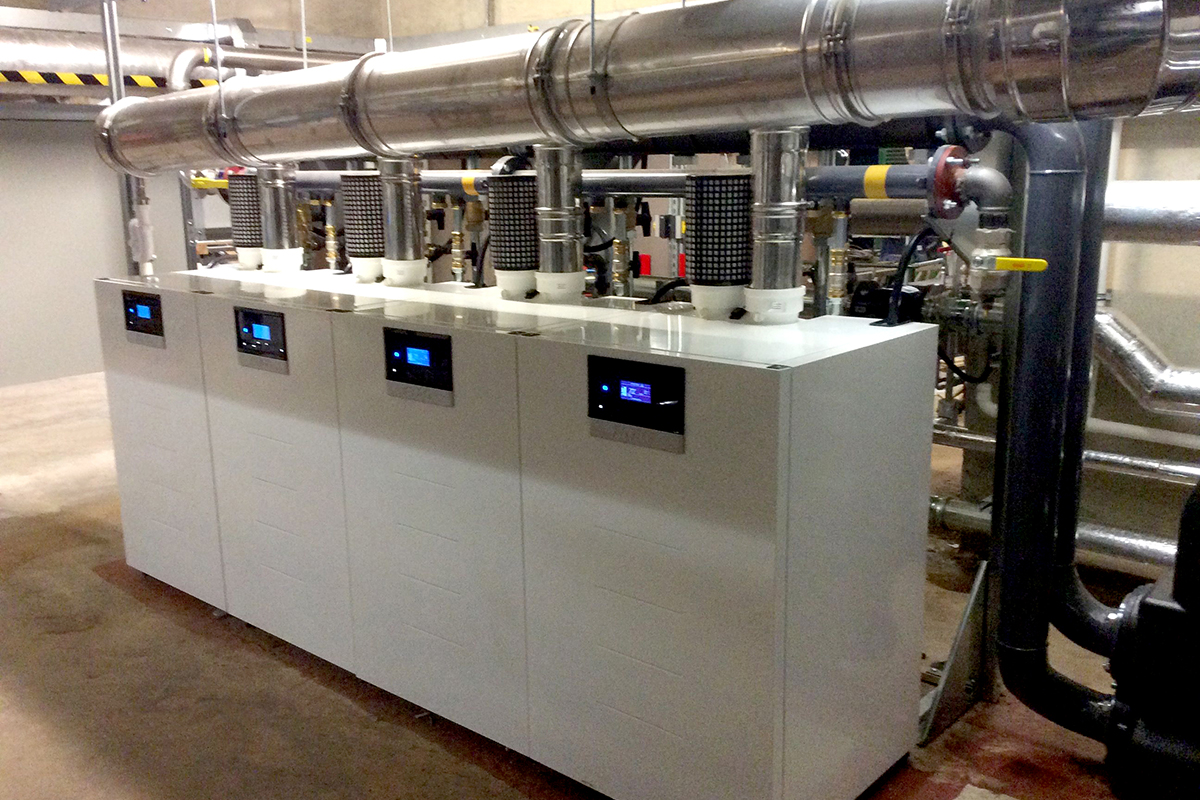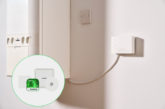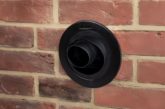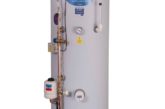
Emiliano Gabrielli, Country Manager at ATAG Commercial, looks at the advances in technology and design on modern light commercial boilers, and how this has led to units offering many advantages in terms of specification, installation and reliability.
Condensing boilers, especially those in the light commercial sector, have developed considerably during the last decade to ensure they operate efficiently and effectively. Components such as the burner and controls, as well as the latest modulating circulation pumps and energy efficient heat exchangers, have all become essential for long-term performance and reliability.
Modern units – such as ATAG Commercial’s new XL-F and XL-W models – have evolved even further; these boilers have all their main components integrated inside, significantly reducing installation time, costs and the physical space required in which to fit them. Plus, by making all the key parts accessible from the front of the boiler, installation, ongoing servicing and maintenance becomes easier. It also helps reduce engineers’ time on site.
In order to maintain high levels of energy efficiency, it is imperative for the pump and the heat exchanger to work together in unison.
Heat transfer
It is widely recognised throughout the industry that heat exchanger technology has advanced significantly, with an increased ability to maximise heat transfer, while still maintaining reliability. This can be attributed to the vast majority of modern heat exchangers being made from stainless steel and comprising multiple, specially engineered pipes, which provide the capacity for high levels of heat transference and condensation.
Of course, heat exchangers are also designed to optimise the transfer of the thermal energy generated by burning gas into the system water. However, they are unable to absorb the maximum amount of heat if the flow rate and turbulence of the water passing through it is too low. This is where the pump comes into play.
In high efficiency boilers, a modulating circulation pump is used to ensure the water inside the heat exchanger remains turbulent. In turn, this turbulence agitates the water flow, ensuring there is no insulating barrier between the heated water and the wall of the heat exchanger, resulting in a rapid transfer of heat. Turbulent flow occurs when the velocity in the water channel is high: a factor determined by the pump.
Modulating pumps
Indeed, at ATAG Commercial, we’ve taken things a step further, by fitting two intelligent modulating pumps inside our newest dual heat exchanger boilers. Doing so enables the boilers to communicate with the pumps and receive feedback on their operational status. These pumps constantly monitor the flow rate, as well as recognise blockages – preventing damage, while guaranteeing optimal operating conditions and improving boiler efficiency.
A turbulent flow guarantees a better heat transfer coefficient when compared to a laminar flow, thereby keeping energy efficiency as high as possible. This higher transfer rates also ensure a boiler reaches set-point temperature quicker. Plus, the excellent heat transfer provided by the modulating control system coupled with the condensing heat exchanger and the modulating pump, enables the heat exchanger to reach and maintain set-point temperature while minimising energy input.
This brings us full circle back to the heat exchanger itself. In order for this component to perform effectively, it should have specially designed hydraulic chambers, where water turbulence is optimised to ensure maximum heat transfer, while maintaining the lowest possible pressure drop. Some boilers now also benefit from dual heat exchangers that operate independently from one another, effectively working as an internal cascade. Then, in the event of one heat exchanger requiring replacement or repair, the other remains fully operational, ensuring a system doesn’t completely lose heat during maintenance or servicing.
So, light commercial boilers have certainly come a long way, particularly in terms of efficiency and reliability. By making huge strides in improving key components such as heat exchangers and circulating pumps, boilers are now benefitting from improved modulation ratios and faster heat-up times. As a result, by fitting modern, technological advanced models equipped with the latest state-of-the-art components, installers can ensure any future project benefits from exceptional levels of energy efficiency and durability.













